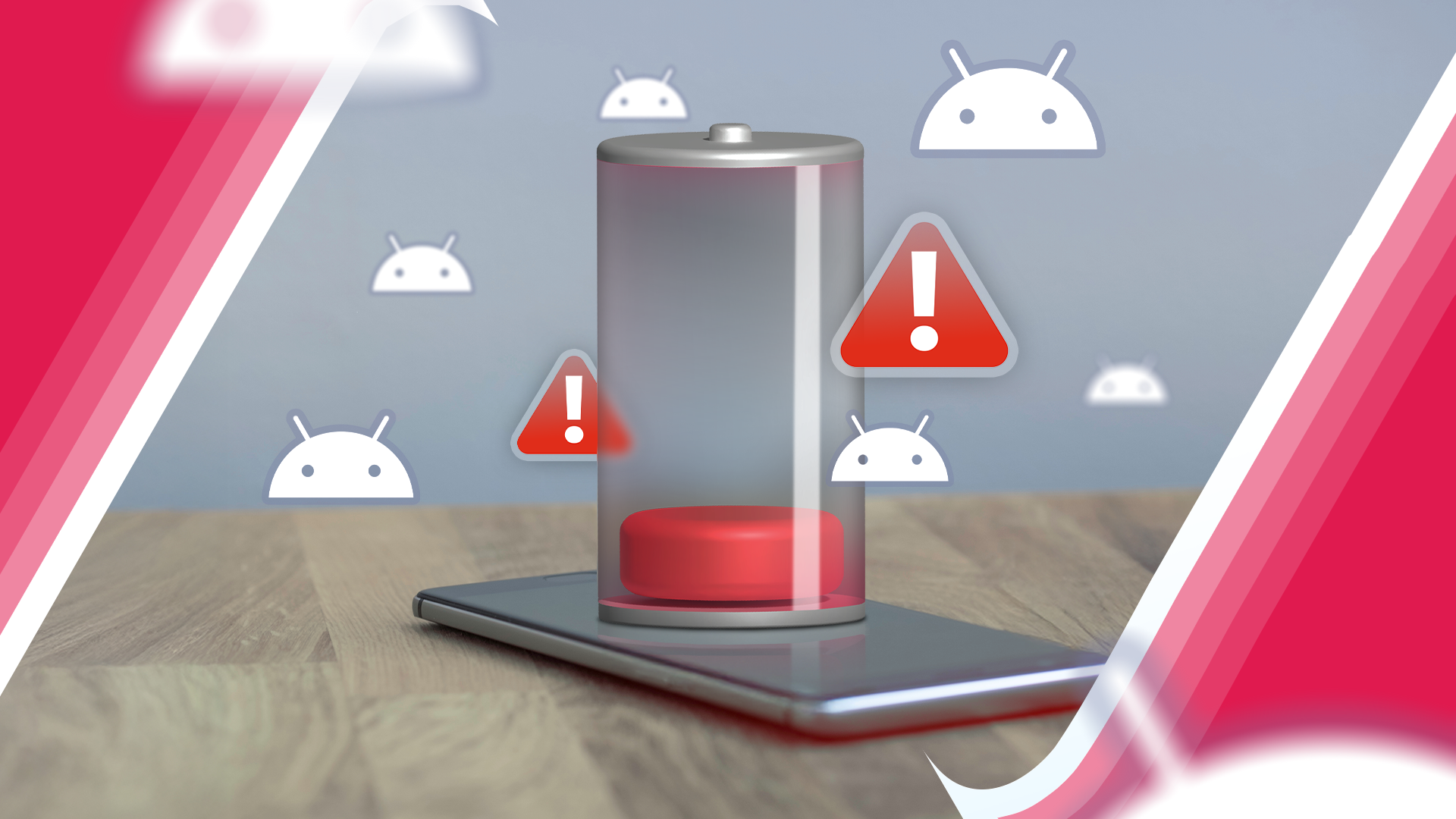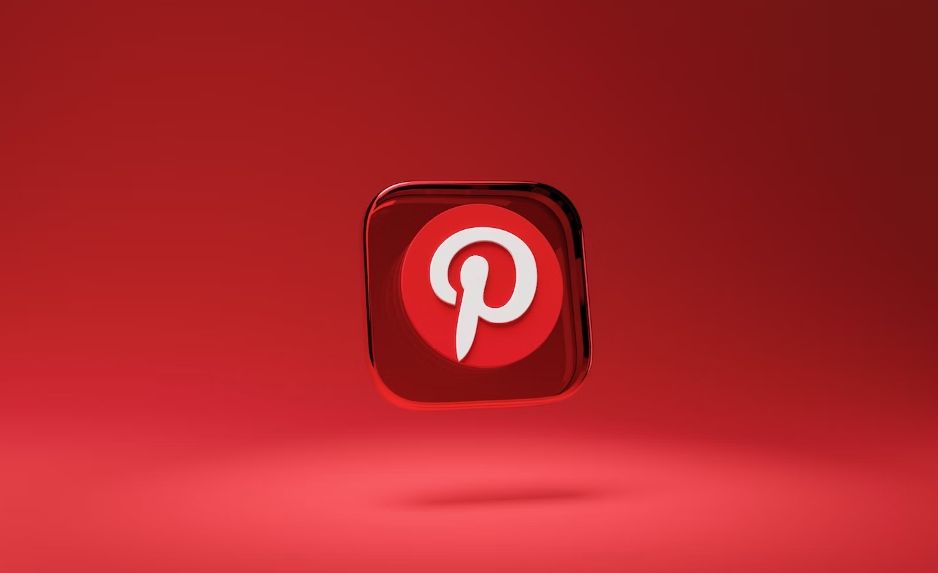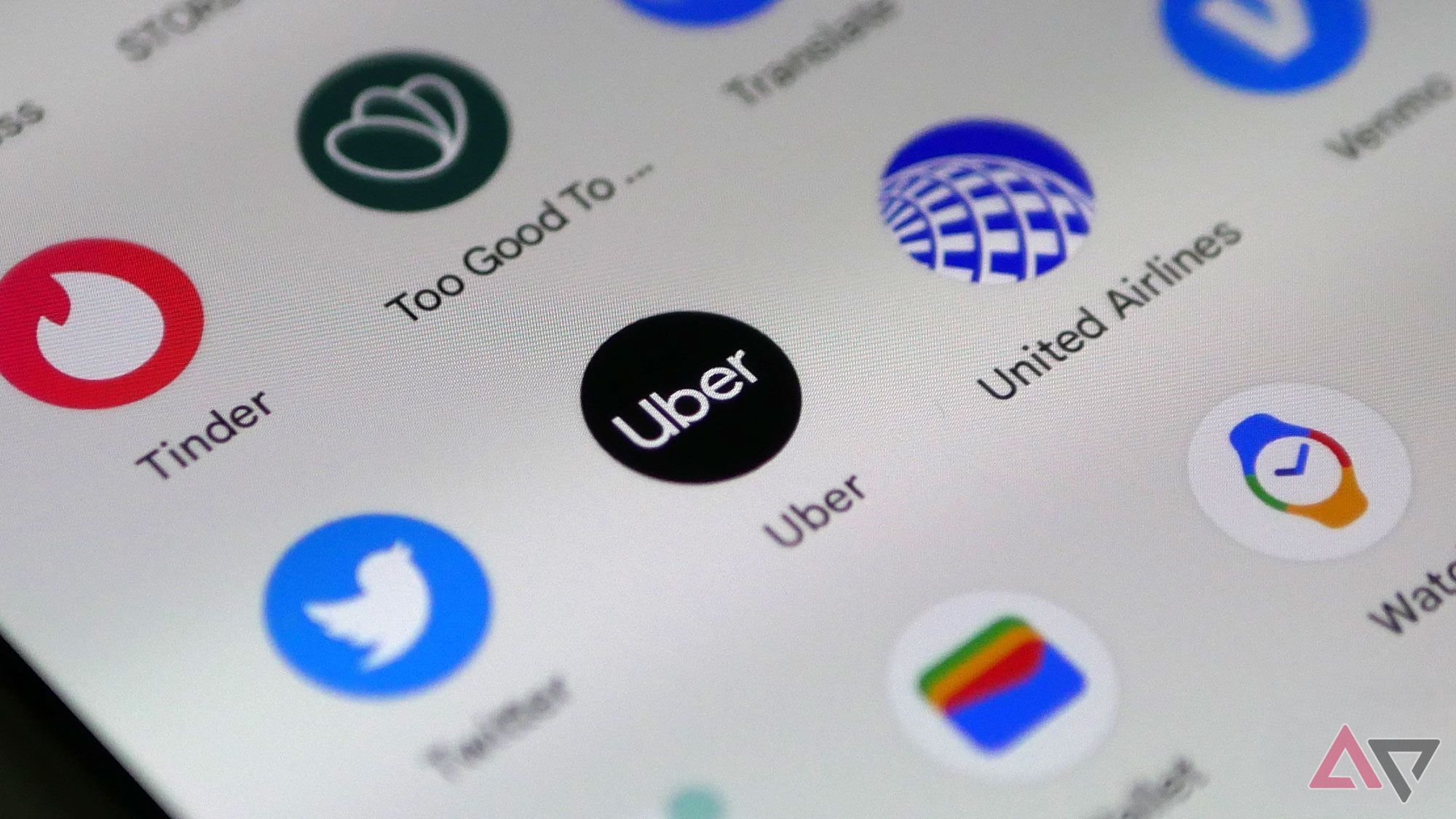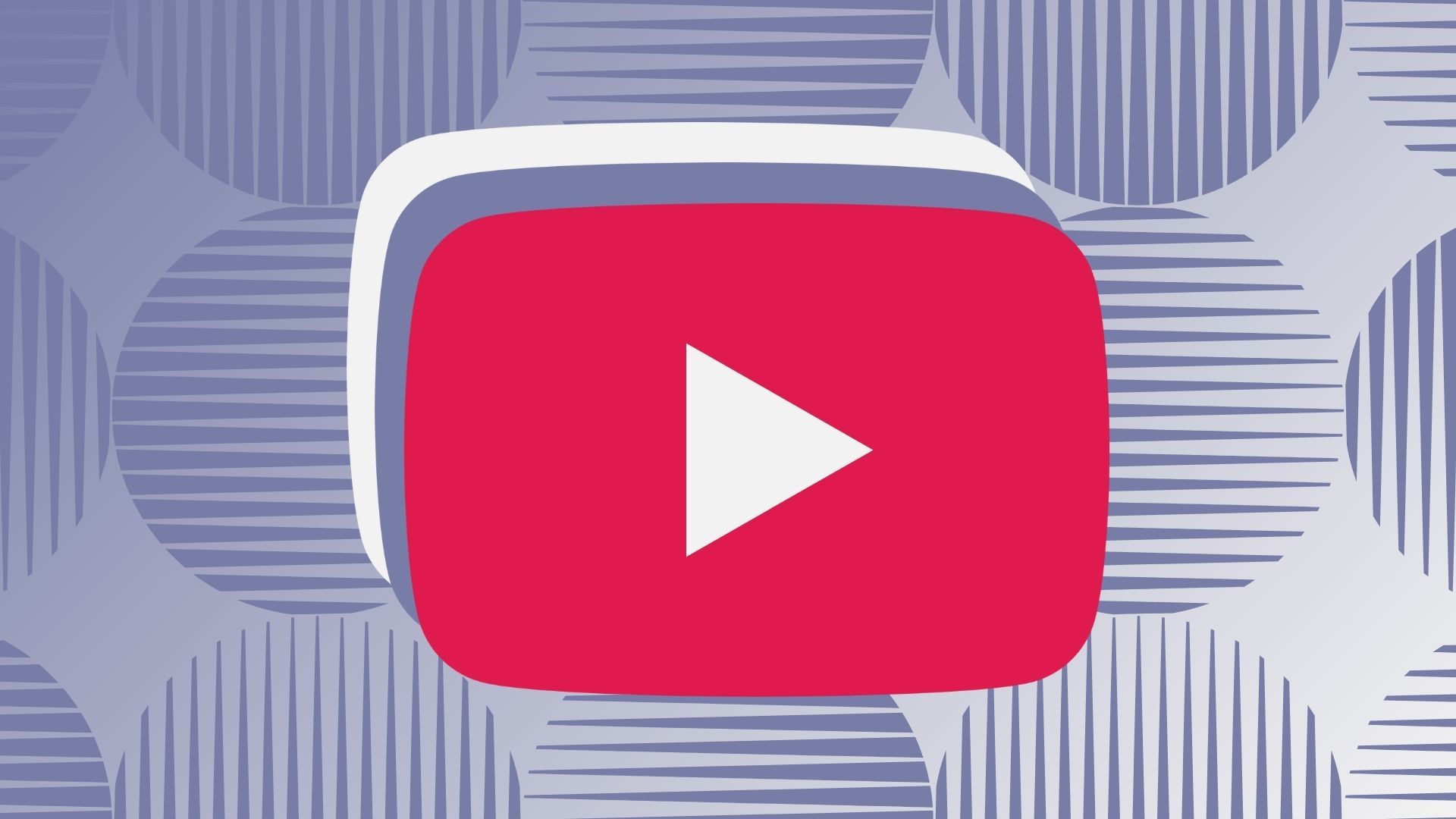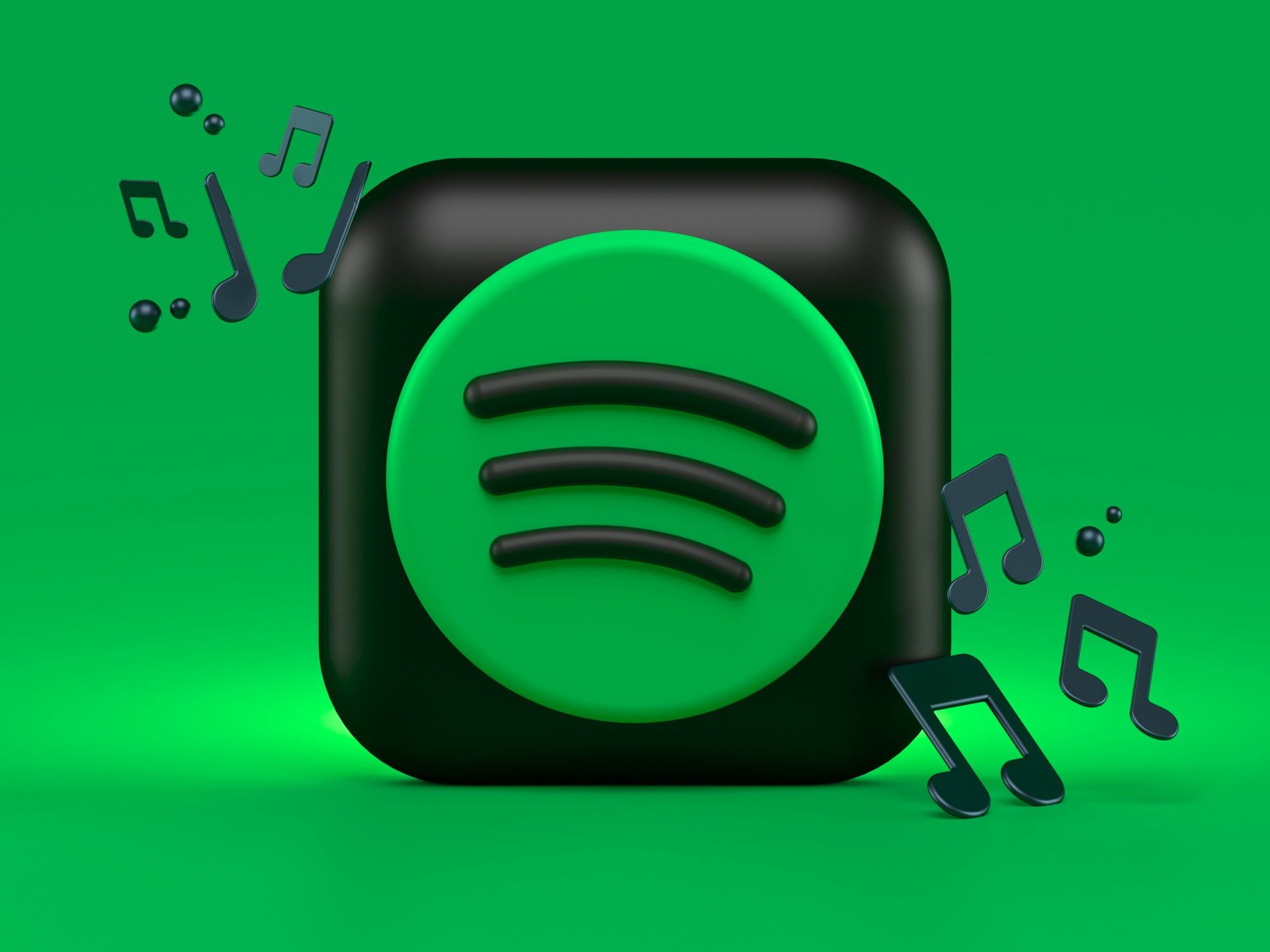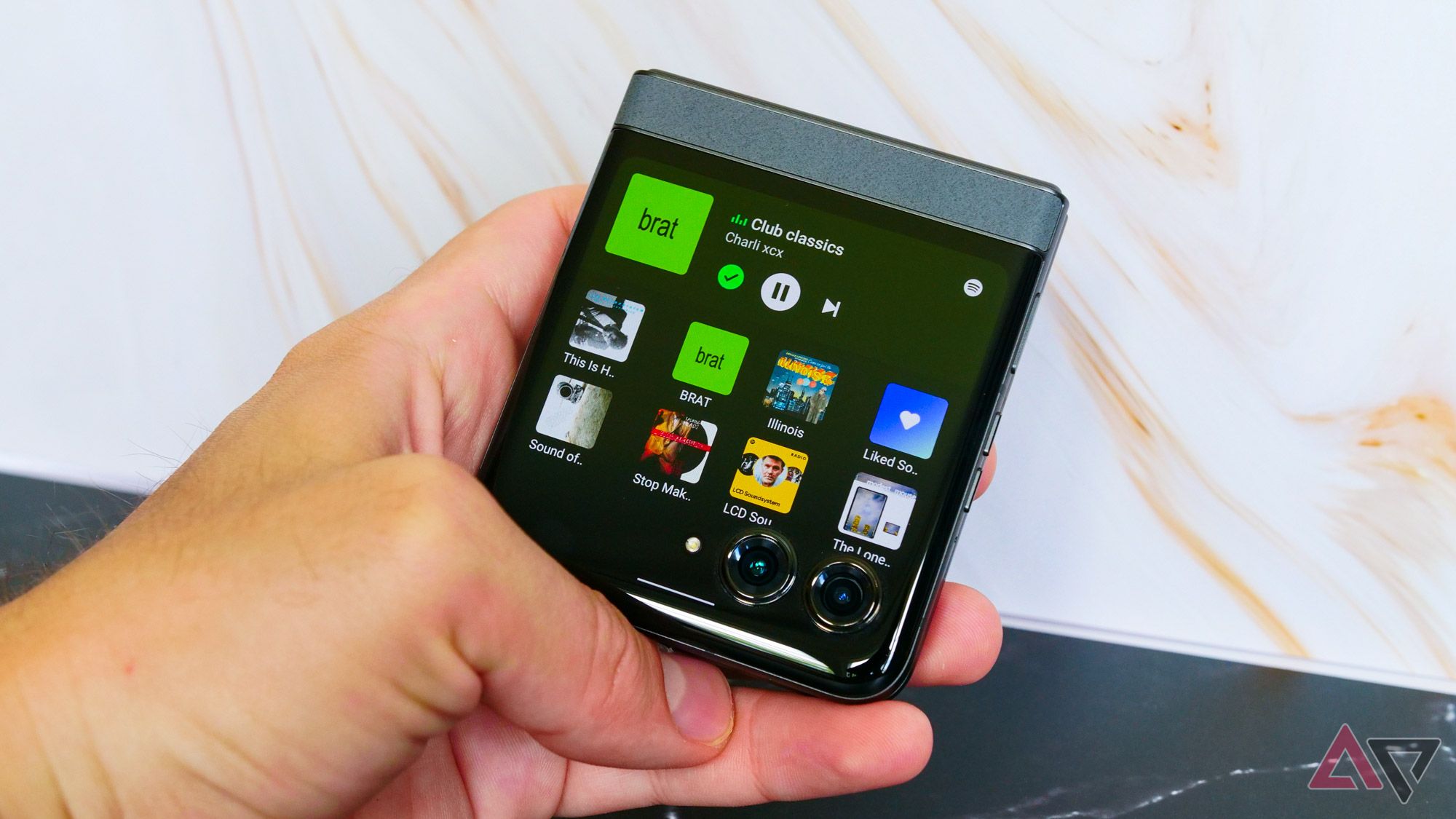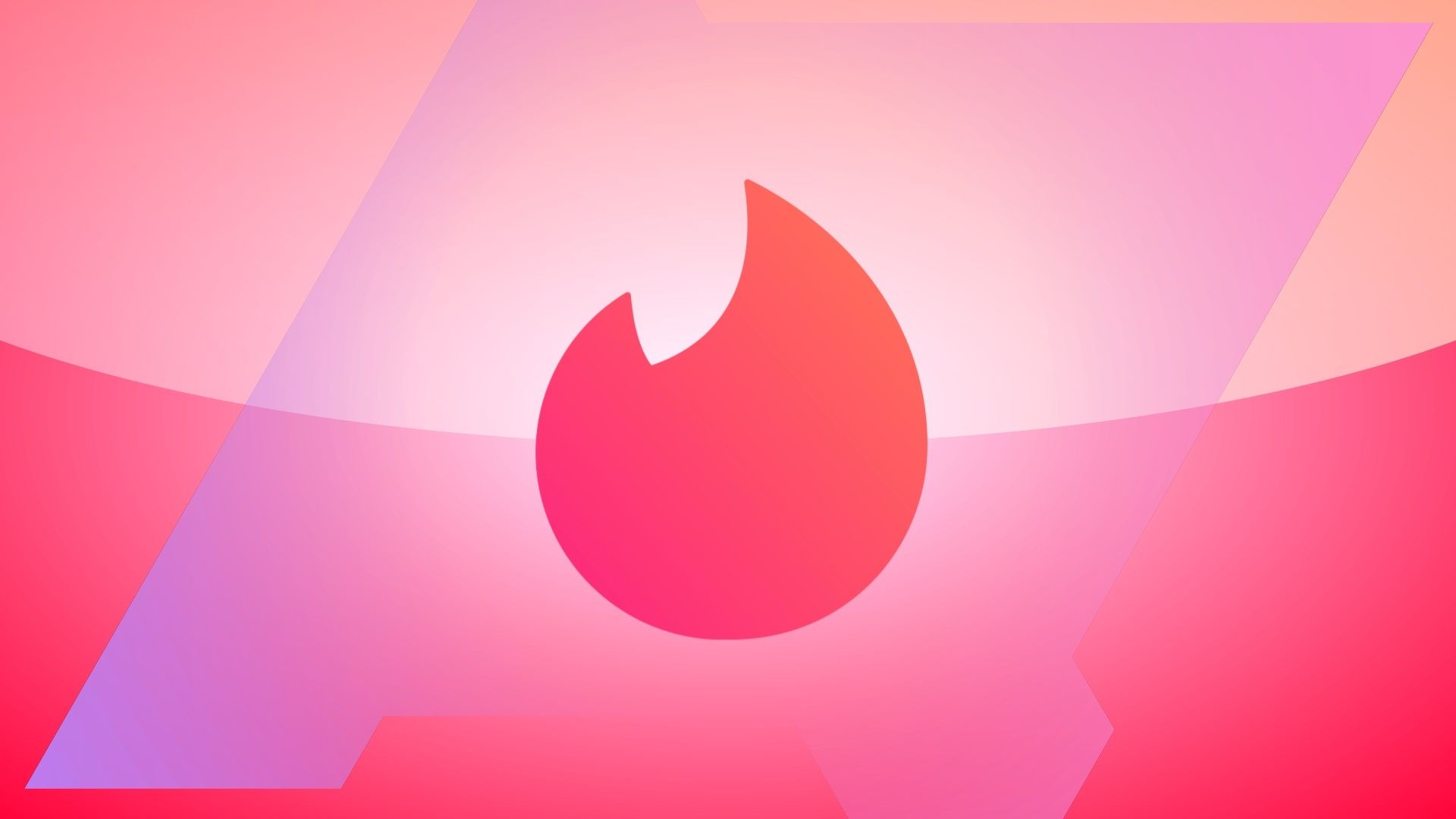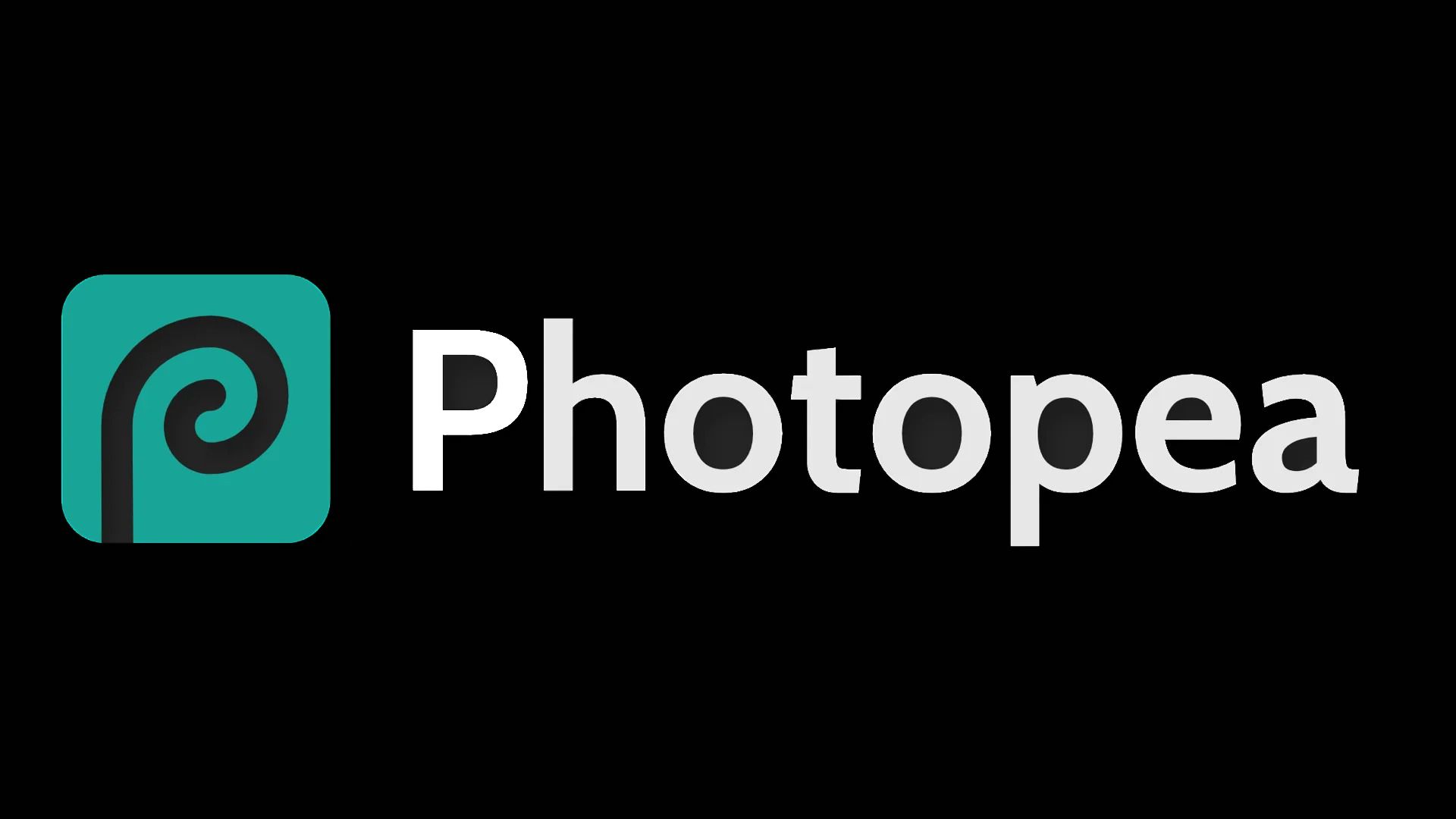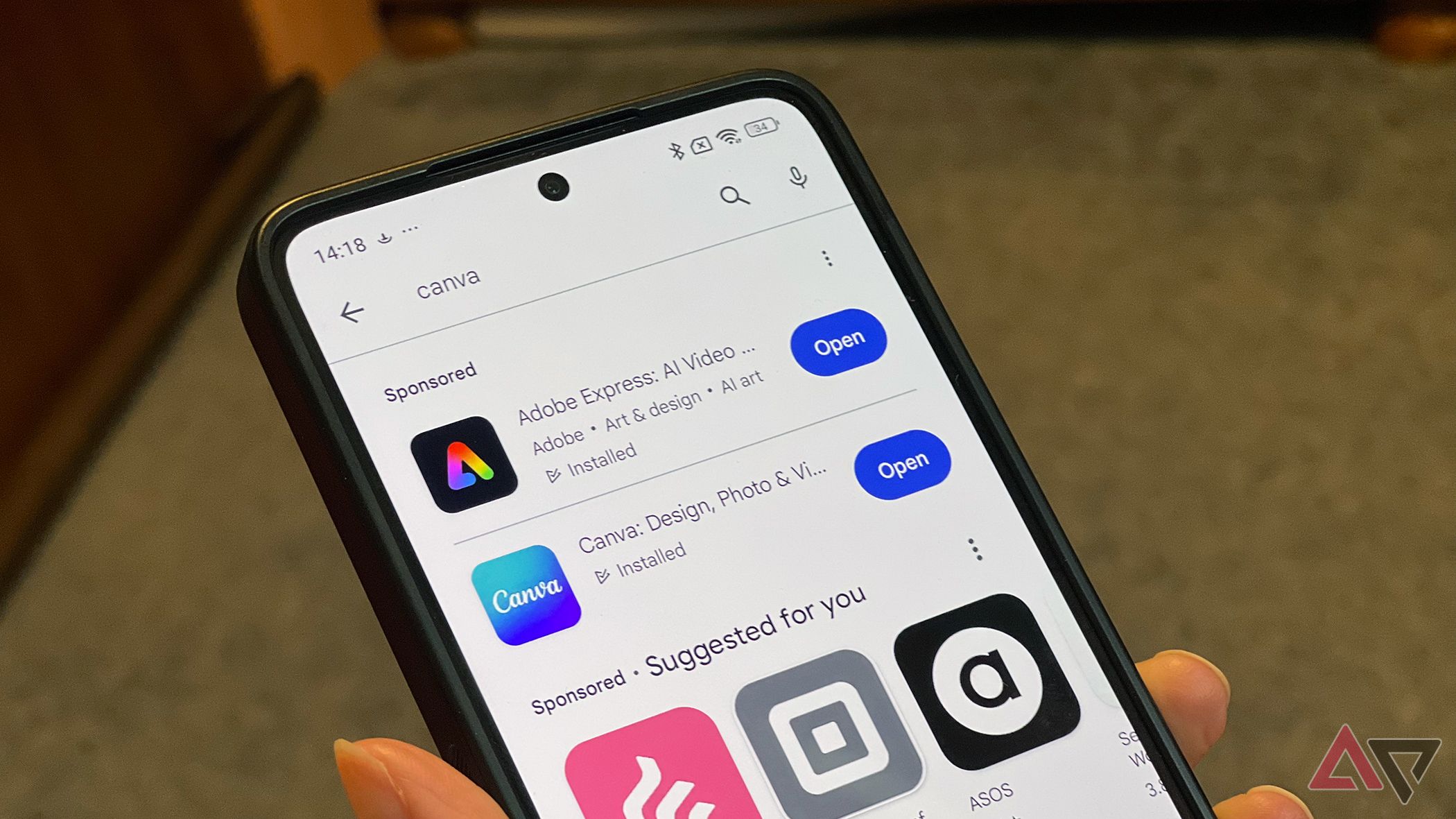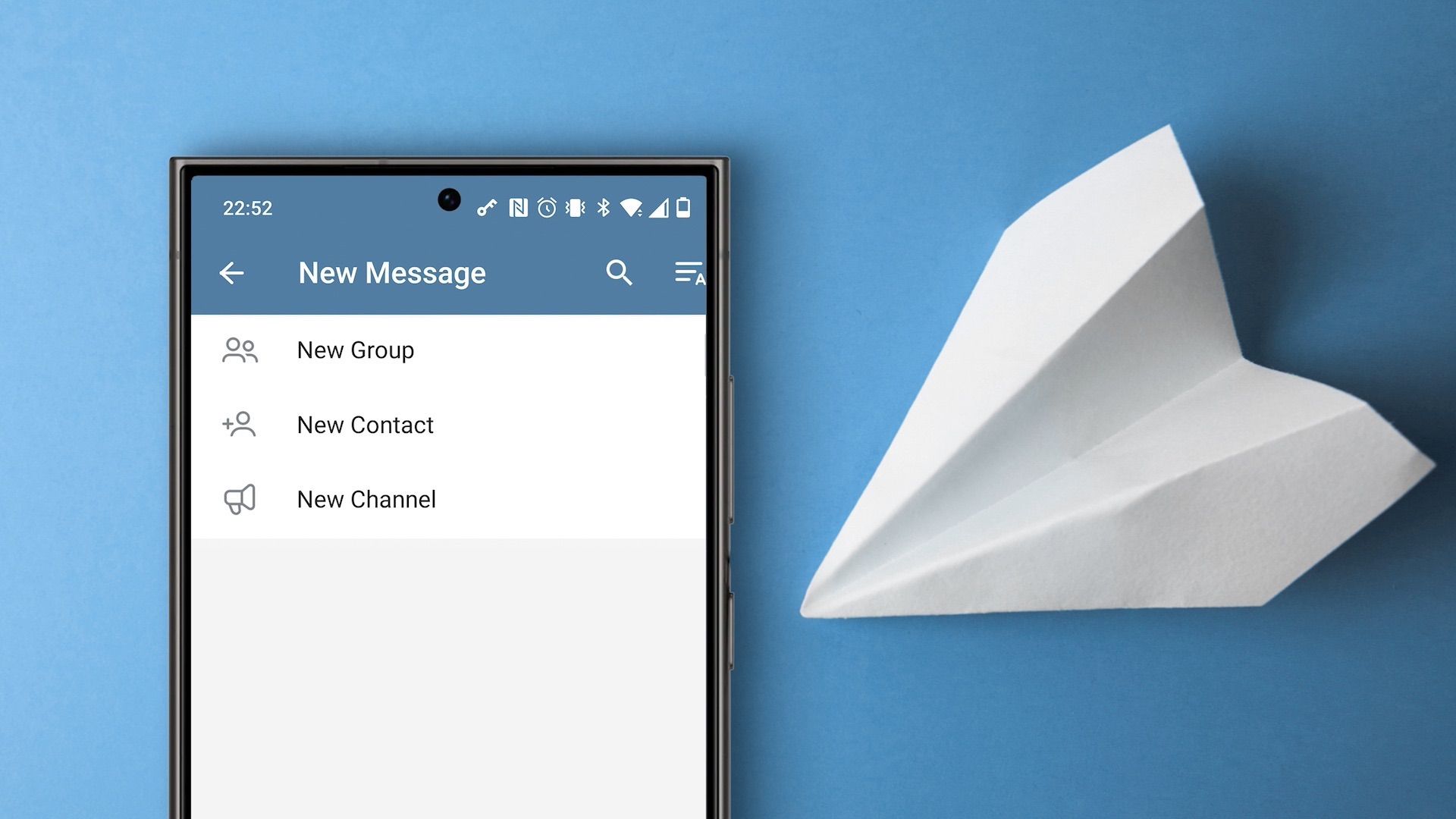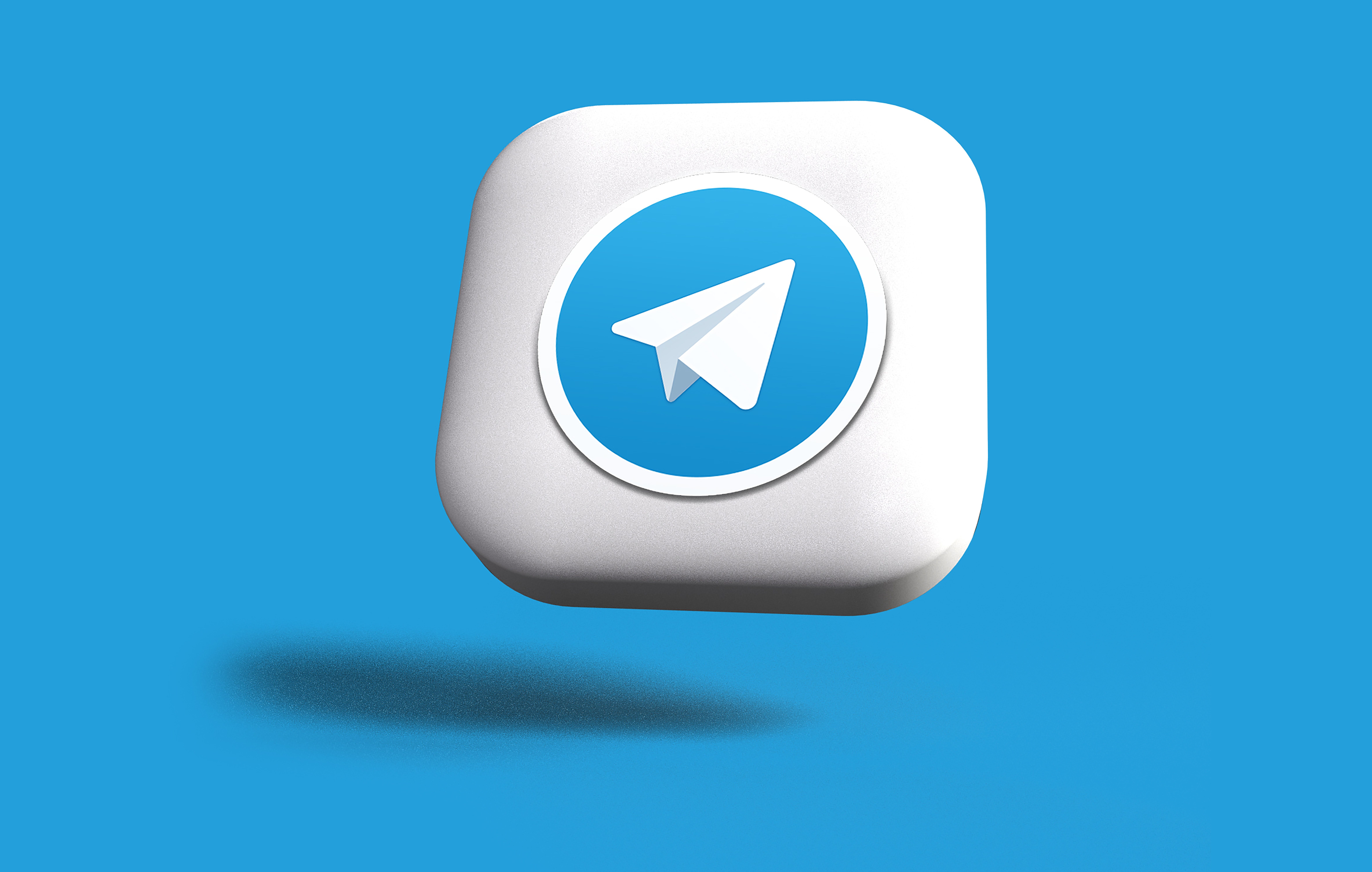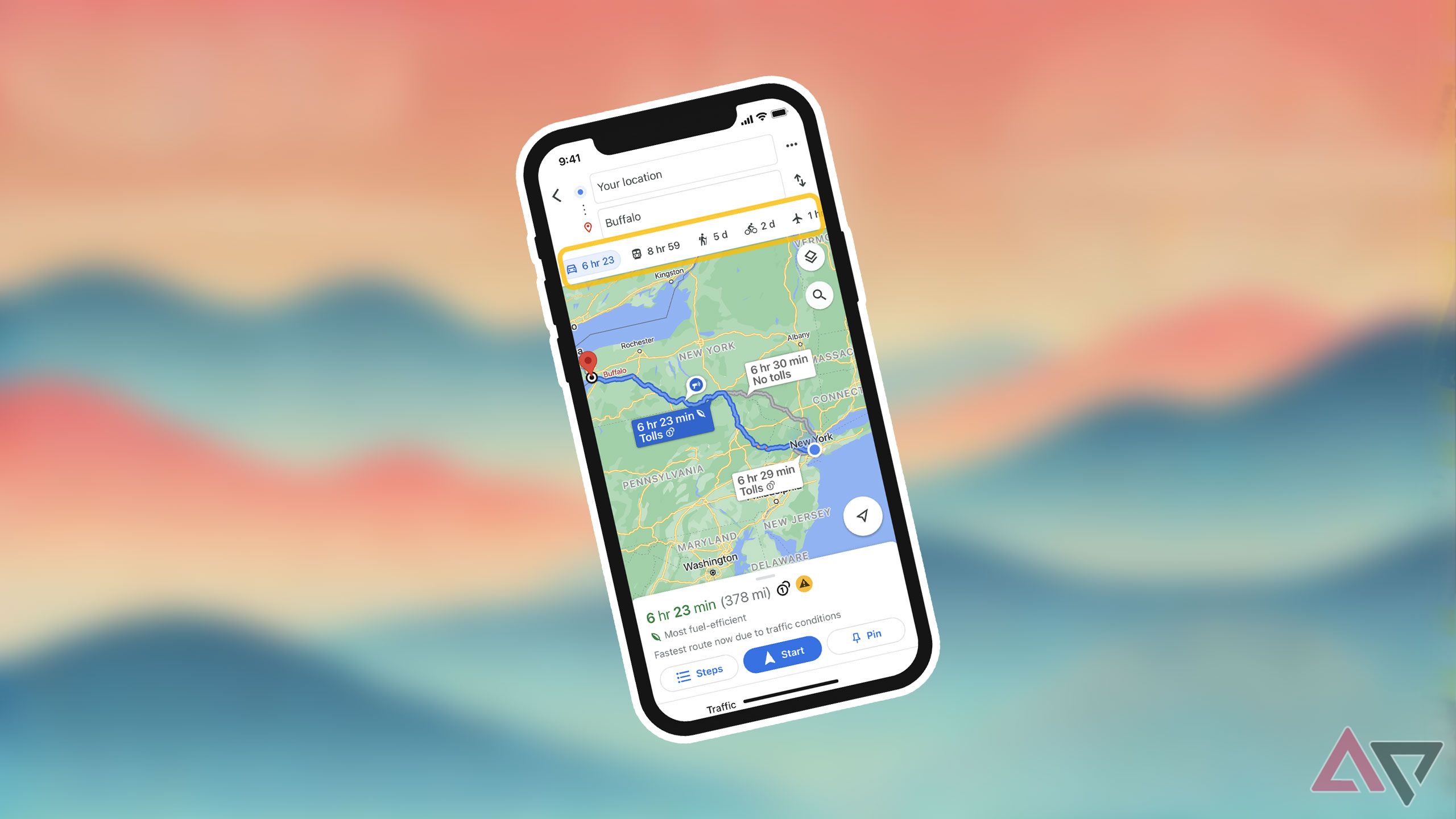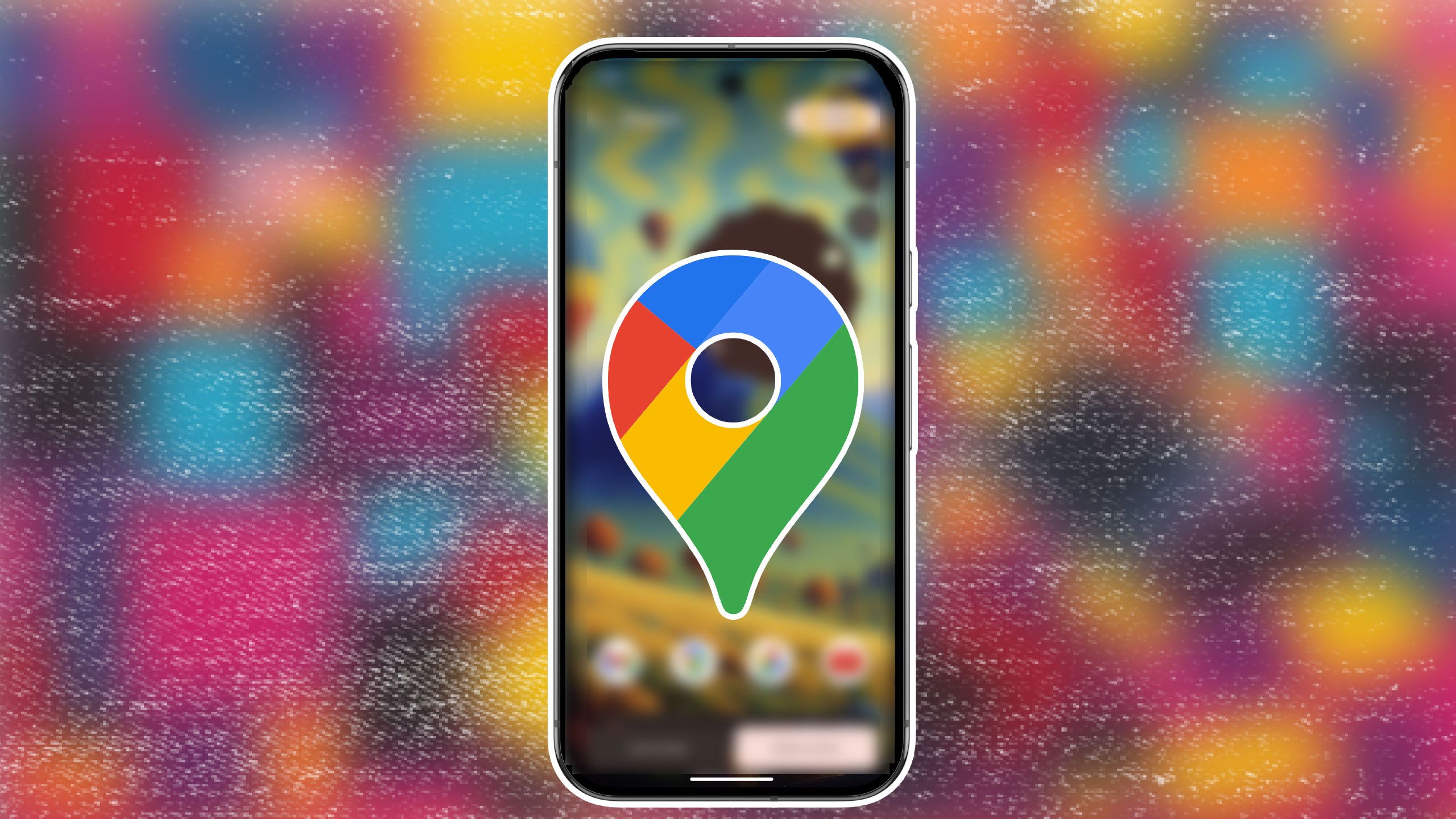Modern browsers and Progressive Web App (PWA) technologies have evolved to the point where many popular services no longer require an Android app. You can message, stream, and edit photos in your budget Android phone’s browser. Here is a list of polished web apps that are as good as their native versions.
9
Pinterest Web helps you explore ideas without installing the app
Pinterest Web brings the platform’s signature visual discovery to your mobile browser, offering an interface that closely mirrors the Pinterest Android app. You can explore trending images, search for ideas, save pins, manage themed boards, and engage with a global community of creators and curators without downloading anything.
Pinterest Web is an excellent choice if you use older devices, deal with storage constraints, or want a browser-based experience.
8
Book an Uber from your browser on slow or limited networks
Uber Web, accessible at m.uber.com, offers a streamlined browser-based version of the popular ride-hailing service. You can book rides without installing the Uber Android app.
Designed as a PWA, it replicates most of the core features of the mobile app. This includes entering pickup and drop-off locations, changing ride options like UberX or UberXL, and paying through saved payment methods.
The web app is optimized for low bandwidth, works in areas with slow internet connections, and loads quickly. Uber Web requires an internet connection for real-time bookings. The downside is that tracking sometimes has compatibility issues with outdated devices or browsers.
7
Watch YouTube videos from your browser when storage is a priority
YouTube Web delivers a complete video streaming experience for mobile browsers. You can use the web interface to watch videos, browse trending topics and YouTube Shorts, follow channels, manage subscriptions, and post comments.
The mobile interface is clean, responsive, touch-optimized, and adapts to different screen sizes. Signing in with a Google account grants access to subscriptions, watch history, playlists, and liked videos. However, offline downloads and background playback are unavailable.
Turn to YouTube Web when you have limited storage or want to reduce app data usage. The web version offers a convenient way to enjoy YouTube content without giving up core features.
6
Spotify Web Player lets you enjoy music on your browser
Spotify Web Player is a browser-based alternative to the Android app for streaming music and podcasts. It gives you access to Spotify’s catalog of playlists, albums, artists, and personalized recommendations in any modern browser without installation.
The interface mirrors the native app and offers familiar navigation and features like search, playlist creation, artist follows, Spotify Wrapped, and playback controls. Cross-device sync lets you resume playback where you left off, with queues and playback states carried across synced devices.
For Premium subscribers, the Web Player supports offline playback. However, offline playback isn’t as consistent as in the native app. Albums or playlists with large files also load slowly.
5
Meet new people from your browser with Tinder Web
The Tinder web app is a convenient alternative to the Tinder Android app if you don’t want to install the app or use low-storage or older devices. The PWA replicates nearly all the core Tinder features. This includes swiping left or right on profiles, using Super Likes, chatting with matches, updating profile information, blocking, and viewing new match suggestions.
Swipes and messages sync with the mobile app. Tinder web uses less data than the native app. This data-friendly design is great when you have a limited plan or a slow network. Despite its data efficiency, prolonged use drains battery and bandwidth. Some advanced features, like video calls or UI options, may differ or lag behind the app.
4
Edit photos like a pro using Photopea in your browser
Photopea is a browser-based photo editor that replaces Photoshop and Android image editors. Visit photopea.com to access advanced editing tools in the browser without installation. Drag and drop an image to start editing without registration.
Photopea supports PSD, RAW, GIMP, and Sketch files. It also works on Chromebooks and work devices where you can’t install traditional software. It features layers, masks, filters, brushes, text tools, blending modes, and vector shapes.
Photopea runs on Chrome, Firefox, and Edge on Android and desktop. Launching it requires an internet connection, but it works offline via browser caching after loading. Large or complex projects may lag due to browser performance limits, especially on low-powered mobile CPUs.
The interface can feel cluttered on small screens and works best on larger tablets or desktops.
3
Canva Web gives you templates and tools without the app
Canva’s web version on mobile browsers delivers nearly the full suite of graphic design tools without requiring installation. Whether you’re creating Instagram posts, resumes, business cards, or presentations, the mobile web interface grants access to thousands of free and premium templates along with a responsive drag-and-drop editor.
All changes are saved to the cloud, allowing seamless switching between devices. This makes it ideal for quick edits or working from borrowed devices. Real-time collaboration is also supported. You can share designs, leave feedback, and co-edit projects from any browser.
While the mobile experience is generally smooth, complex designs with many layers may load slowly on low-end devices, and the smaller screen can make fine adjustments difficult.
2
Stay connected across devices with Telegram’s web experience
Telegram Web is a browser-based PWA that delivers a full-featured alternative to the Telegram Android app for secure, cloud-based messaging. It supports nearly all the core features of the native app. This includes end-to-end encrypted chats, group chats, channels, bots, file sharing (photos, videos, documents), and sticker support.
Telegram’s cloud-first architecture syncs message history across all devices. You can seamlessly switch between phone, tablet, and browser without losing context. The web app runs smoothly on modern mobile browsers and consumes minimal system resources.
Telegram Web locally caches data, offering limited offline access, such as viewing recently opened chats without an internet connection. Some advanced mobile-specific features like peer-to-peer calls are missing, but the core experience remains reliable.
1
Search places and plan routes in your browser with Google Maps
Google Maps Web is a reliable alternative for navigation, location discovery, and business lookup. The browser version handles most everyday needs, from checking traffic to finding nearby restaurants.
You can get driving, walking, and public transport directions between locations, view interactive maps with satellite imagery and real-time traffic overlays, and search for local businesses complete with ratings, hours, contact details, and user reviews.
Signing in with a Google account syncs your saved places, recent searches, and personalized recommendations. The interface supports panning, zooming, and toggling between map types for an interactive experience.
The web version has limitations. It doesn’t support offline maps. An active internet connection is required to load directions and map data. Turn-by-turn voice guidance, lane assist, and speed limit indicators are unavailable. This makes the browser version better suited for previewing routes than for real-time navigation.
Most daily tasks can now be handled through web apps
Browser apps have matured. You can now do almost everything from your Android web browser that once needed a downloaded app. Web apps take negligible storage, run the latest version, and work across devices without app stores. Our favorite web browsers focus on privacy. Some web apps lack full offline support, deep hardware access, and niche features, yet compete with native apps in many everyday use cases.


